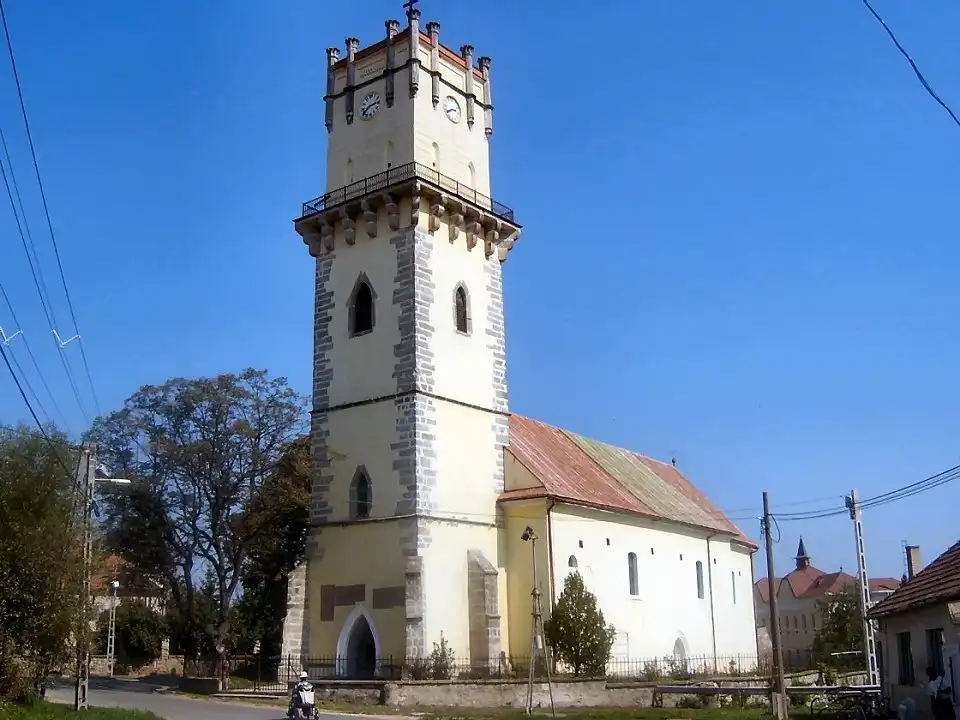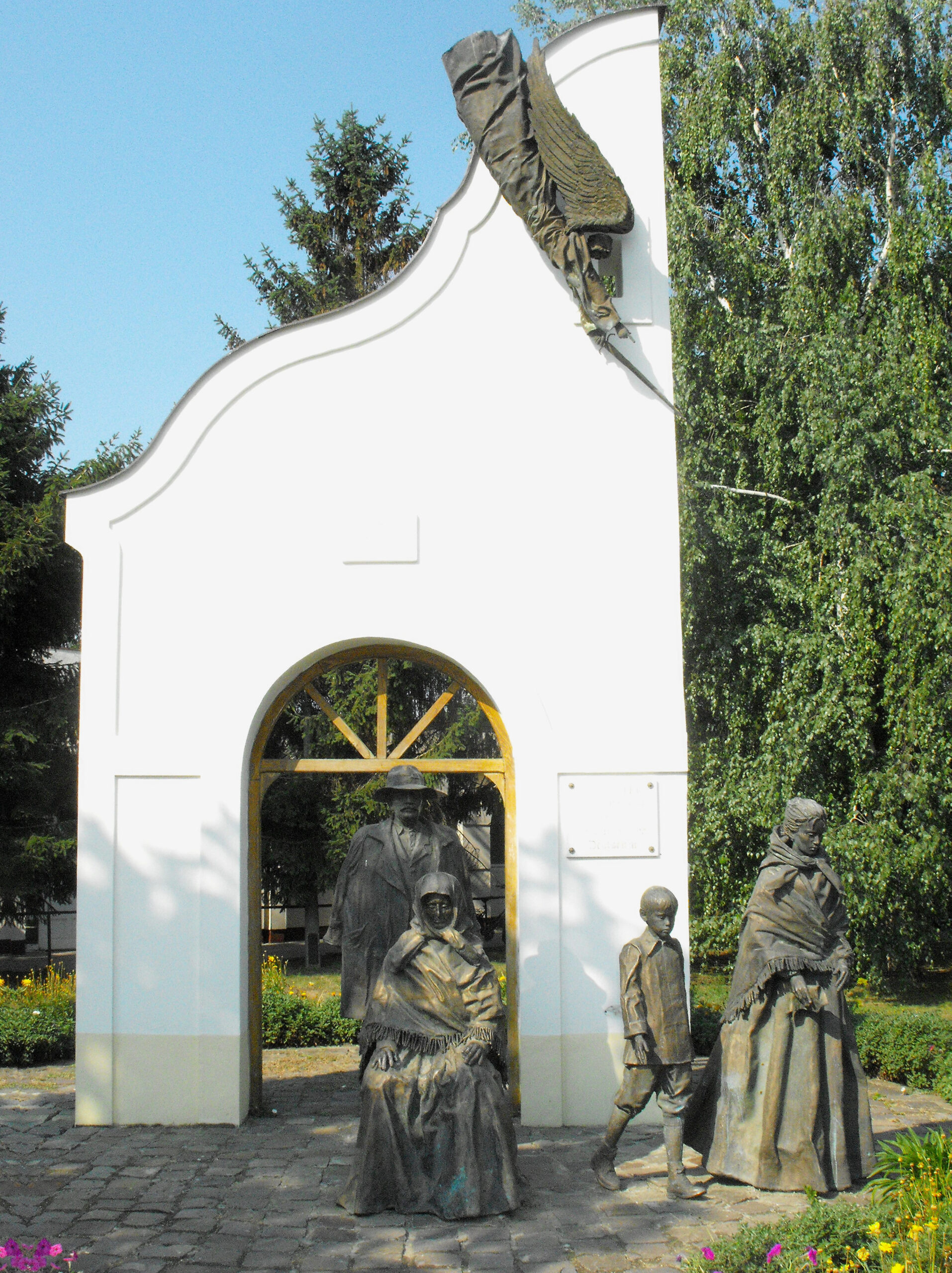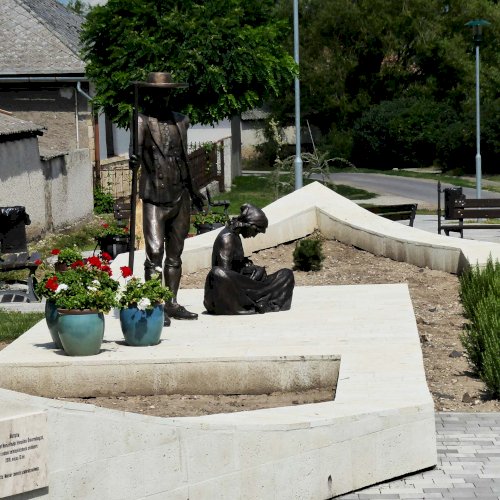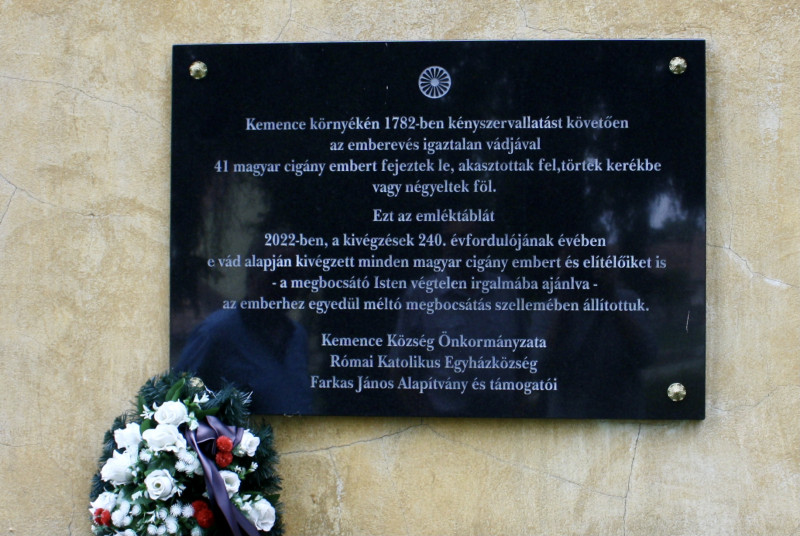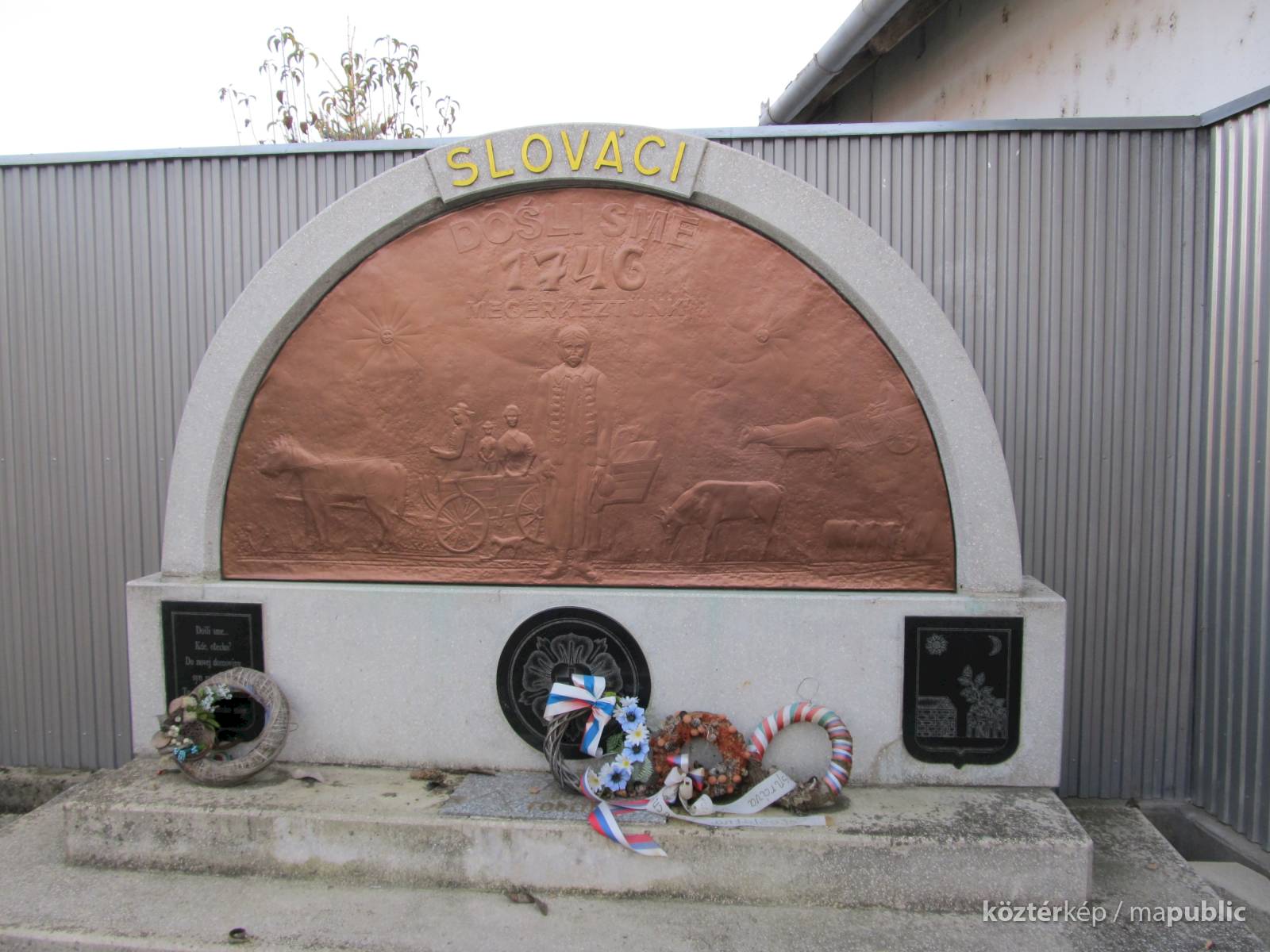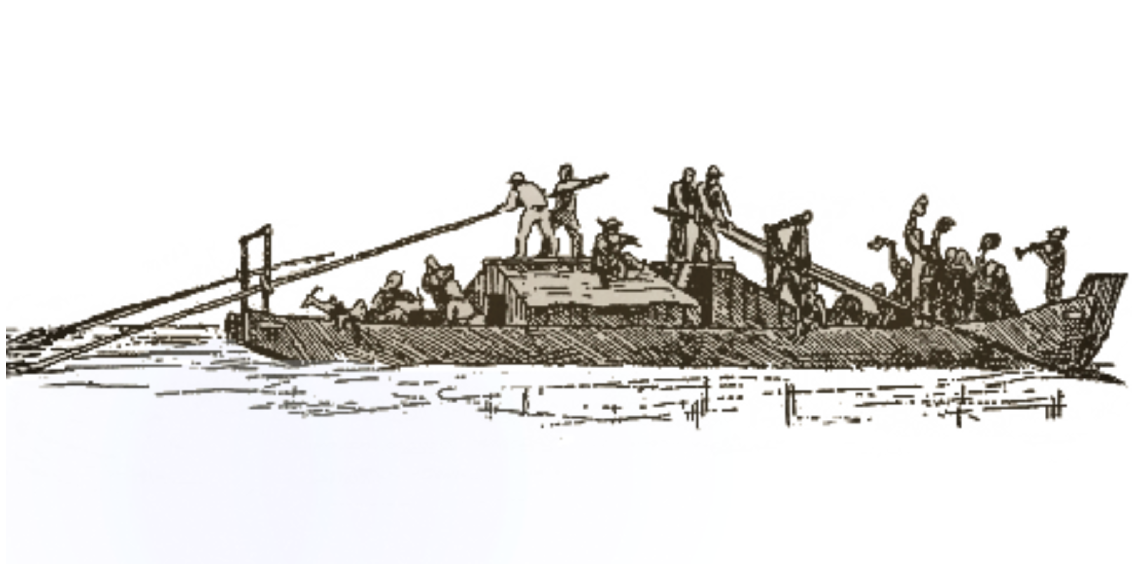
Minorities in Hungary – Tata
Hungarian figure of the „The emancipation of minorities” topic
Tata, a picturesque town in Hungary, is well-known not only for its historical and natural beauty but also for its role in the broader story of minority rights in Hungary and Central Europe. The town hosts the German Minority Museum, which stands as a testament to the presence and contributions of ethnic minorities in Hungary, especially the German community, also called the Danube Swabians. This museum provides a perspective to explore the broader history of minority emancipation in the region.
The history of ethnic minorities in Hungary is complex and closely linked to the country’s turbulent history of changing borders, wars, and political shifts. Over time, Hungary has been home to various groups, including Germans, Slovaks, Ruthenians, Slovenes, Romanians, Serbs, Jews, and Roma. These communities significantly influenced Hungary’s cultural, economic, and social development, yet their experiences included both periods of acceptance and exclusion.
The modern concept of minority rights started emerging in the 19th century during the Austro-Hungarian Empire. The 1868 Nationalities Law was a key step in granting cultural and linguistic rights to the empire’s many ethnic groups. Although it was progressive on paper, it was often challenged by the rise of Magyar nationalism, which aimed at Magyarization—the forced assimilation of minorities into Hungarian identity. German and Slavic communities, such as Slovaks, Ruthenians, Serbs, and Slovenes, were affected by these policies.
Tata’s German community, like many others in Hungary, faced these pressures, especially during the interwar years and World War II. After the war, the situation worsened: many ethnic Germans were forcibly expelled from Hungary as part of a larger wave of population transfers across Central Europe. Similar expulsions happened elsewhere, like the removal of Sudeten Germans from Czechoslovakia or the displacement of Hungarians in Transylvania.
During the communist era, the Hungarian government promoted a vision of socialist unity and ethnic harmony. While outright discrimination decreased, genuine cultural autonomy remained limited, and ethnic identities were often downplayed in favor of class-based narratives. Still, minority languages and traditions persisted, especially in rural areas and within informal family networks.
A major turning point occurred after the fall of communism in 1989. Hungary’s 1993 Law on the Rights of National and Ethnic Minorities was an important milestone, officially recognizing 13 minority groups and granting them rights to education, cultural preservation, and local self-governance. This legal framework introduced a new model of integration without forced assimilation, sparking renewed interest in minority heritage and local identities.
Facts


